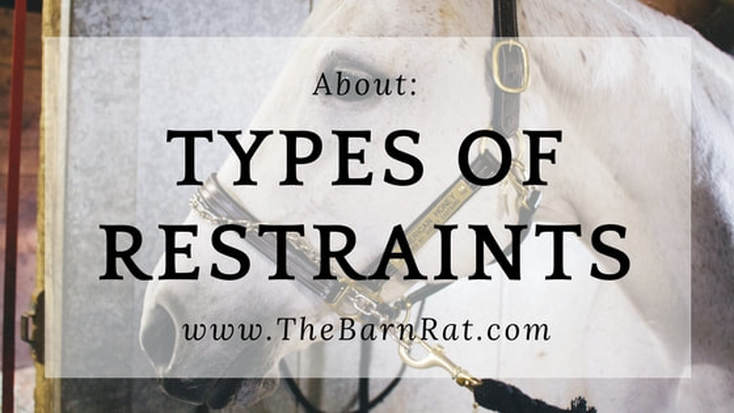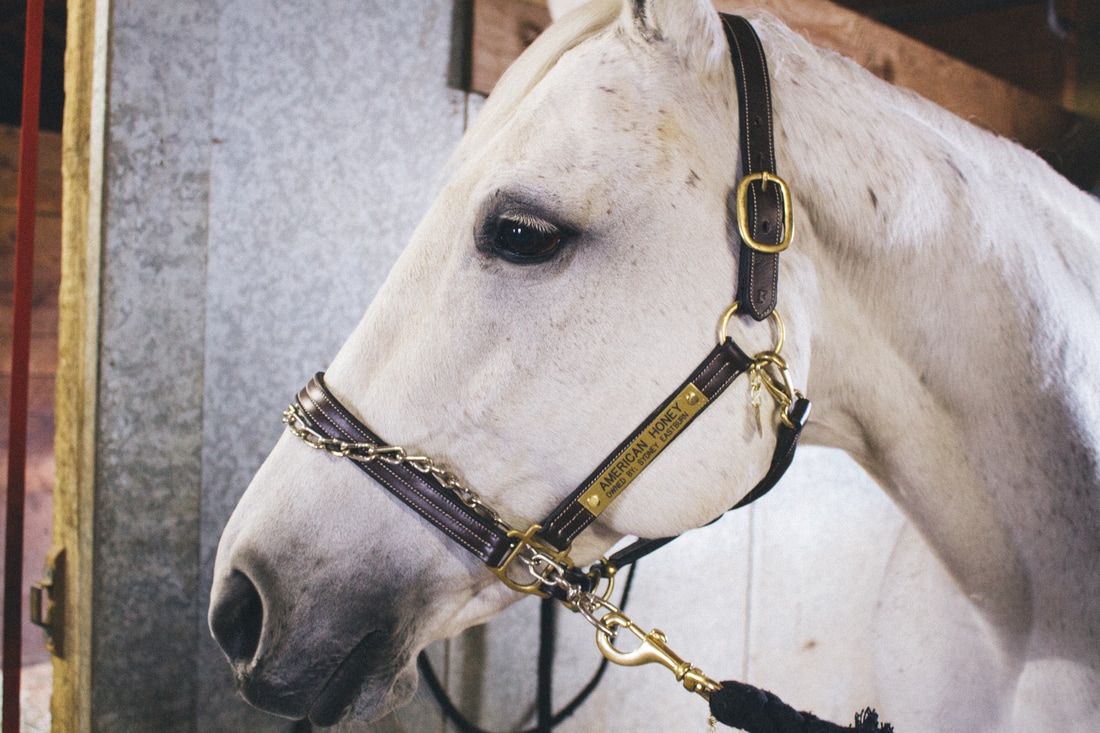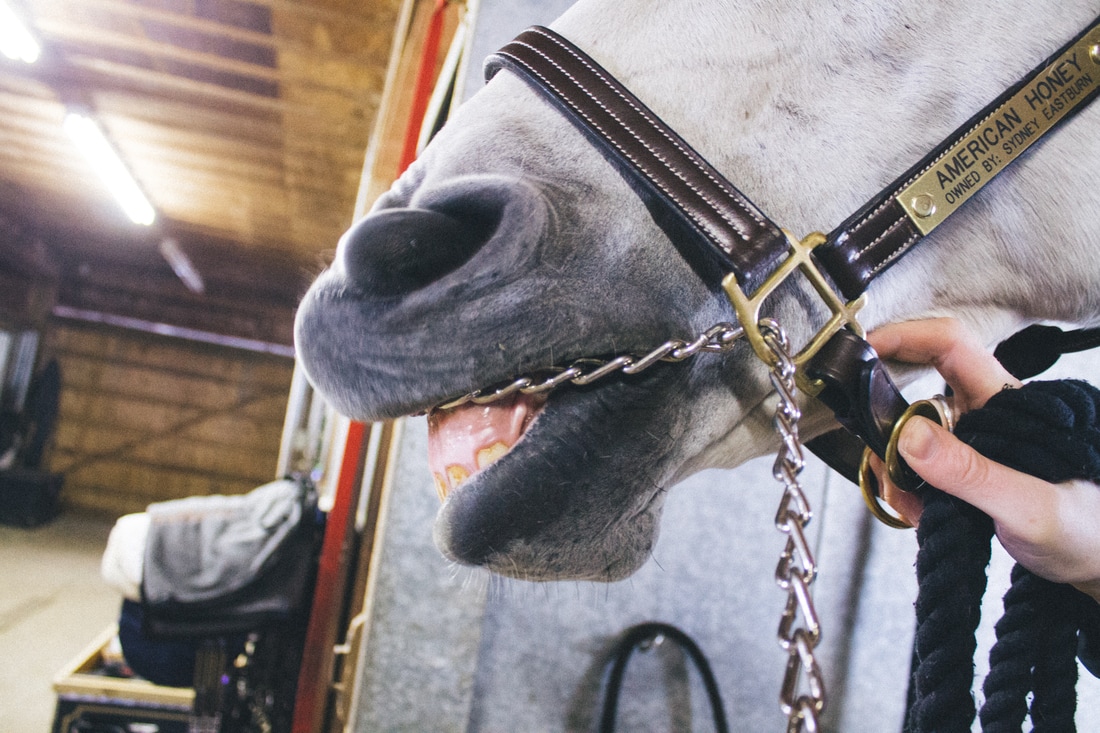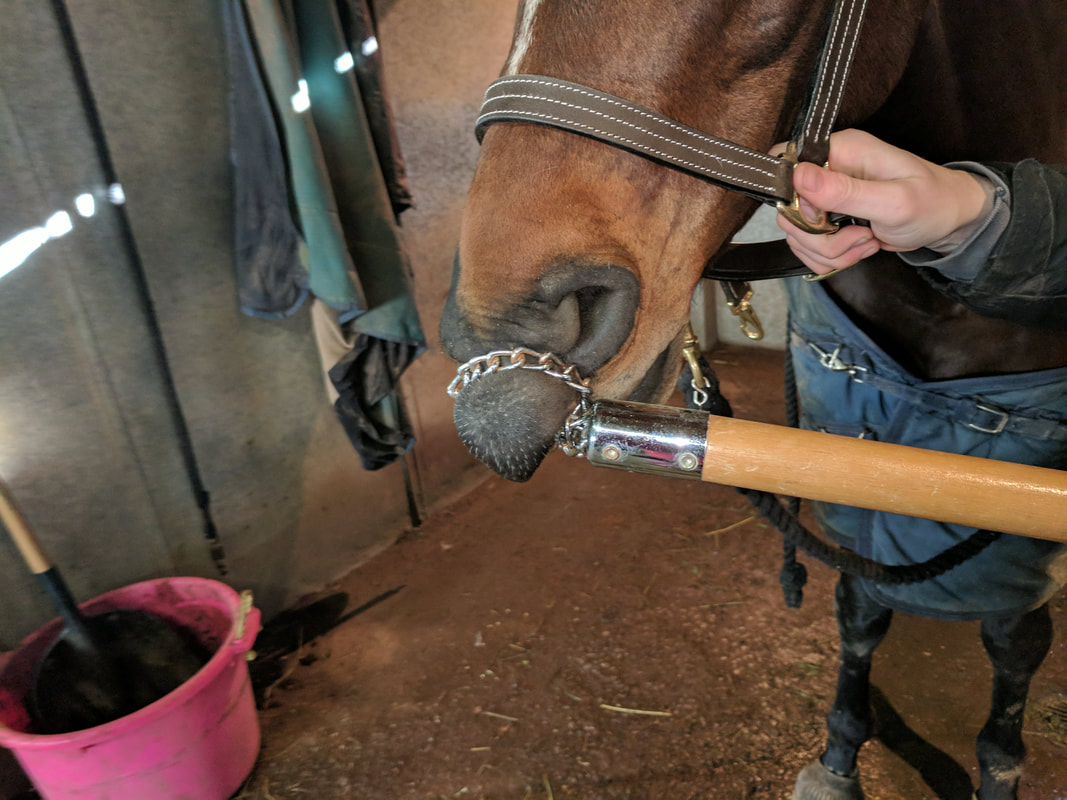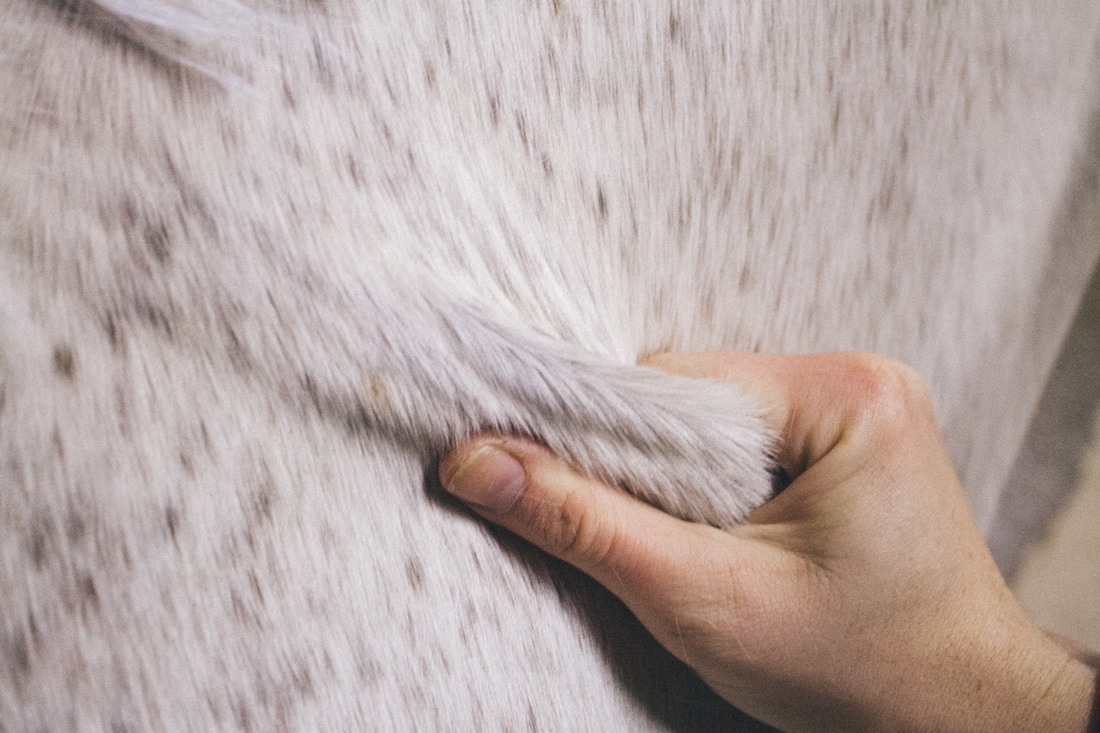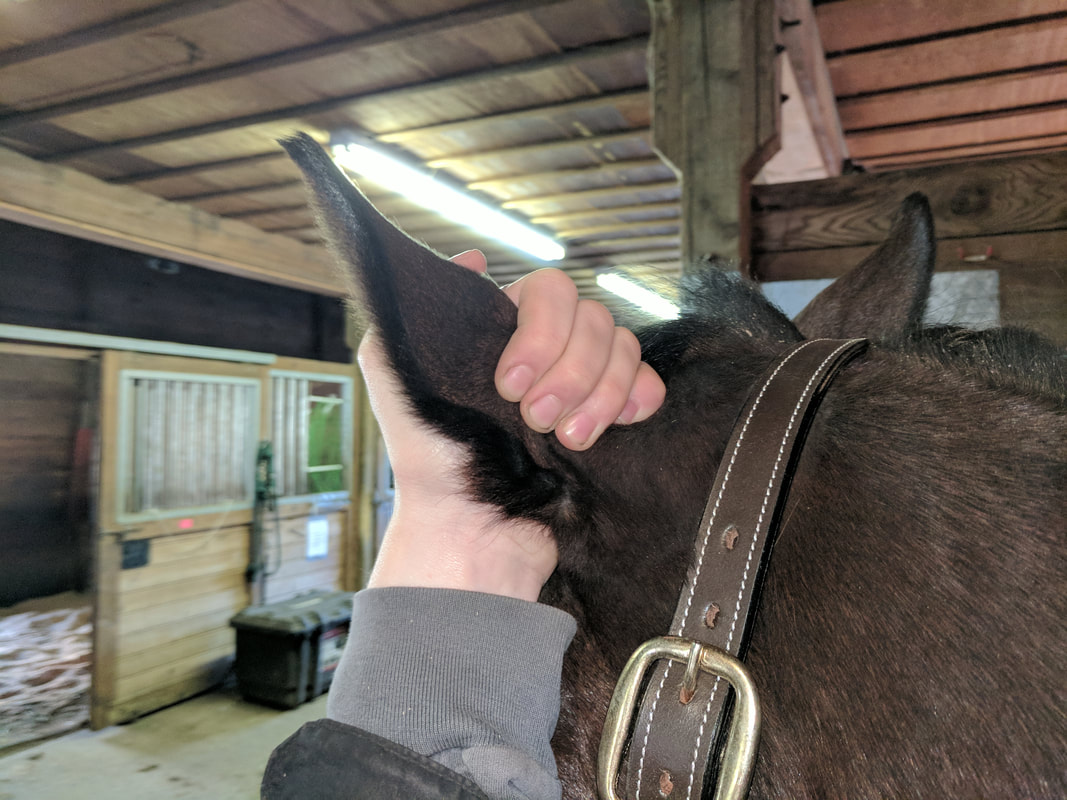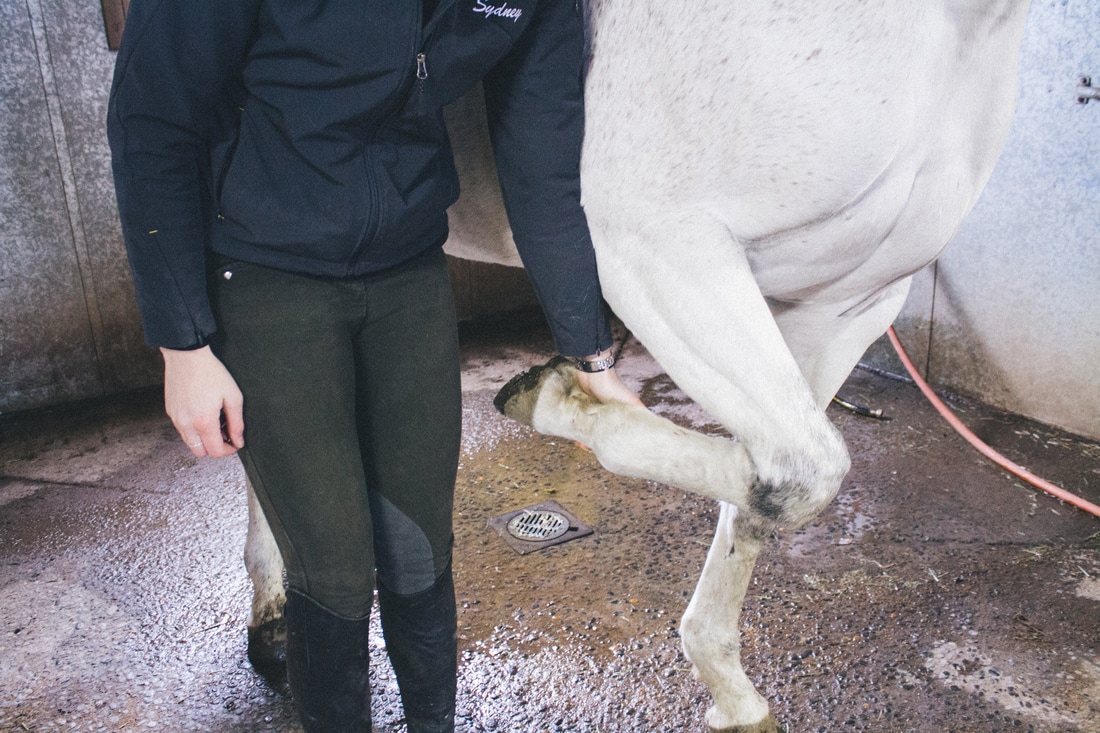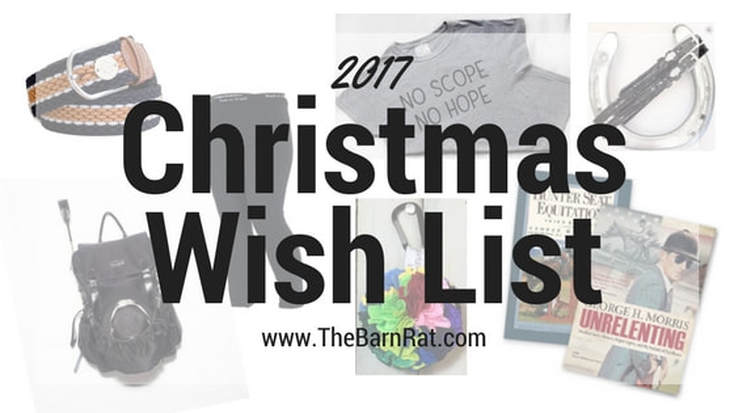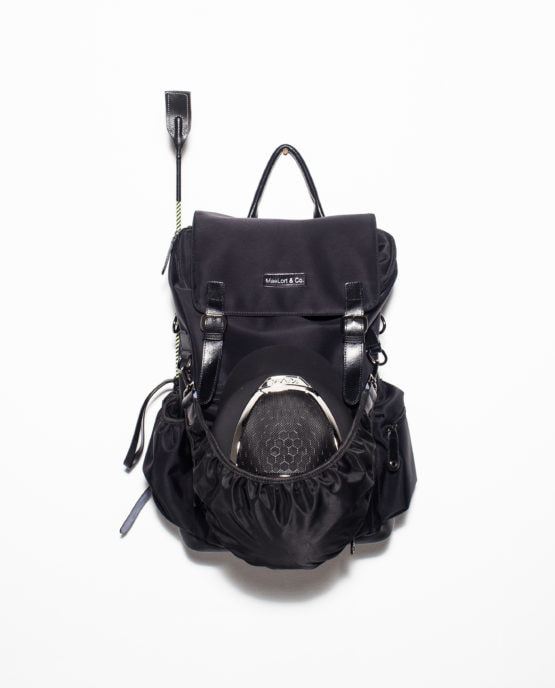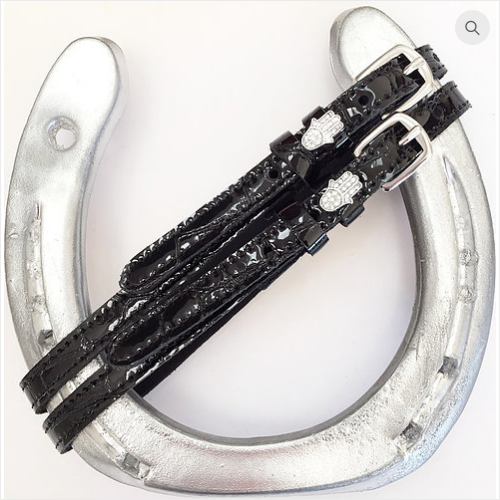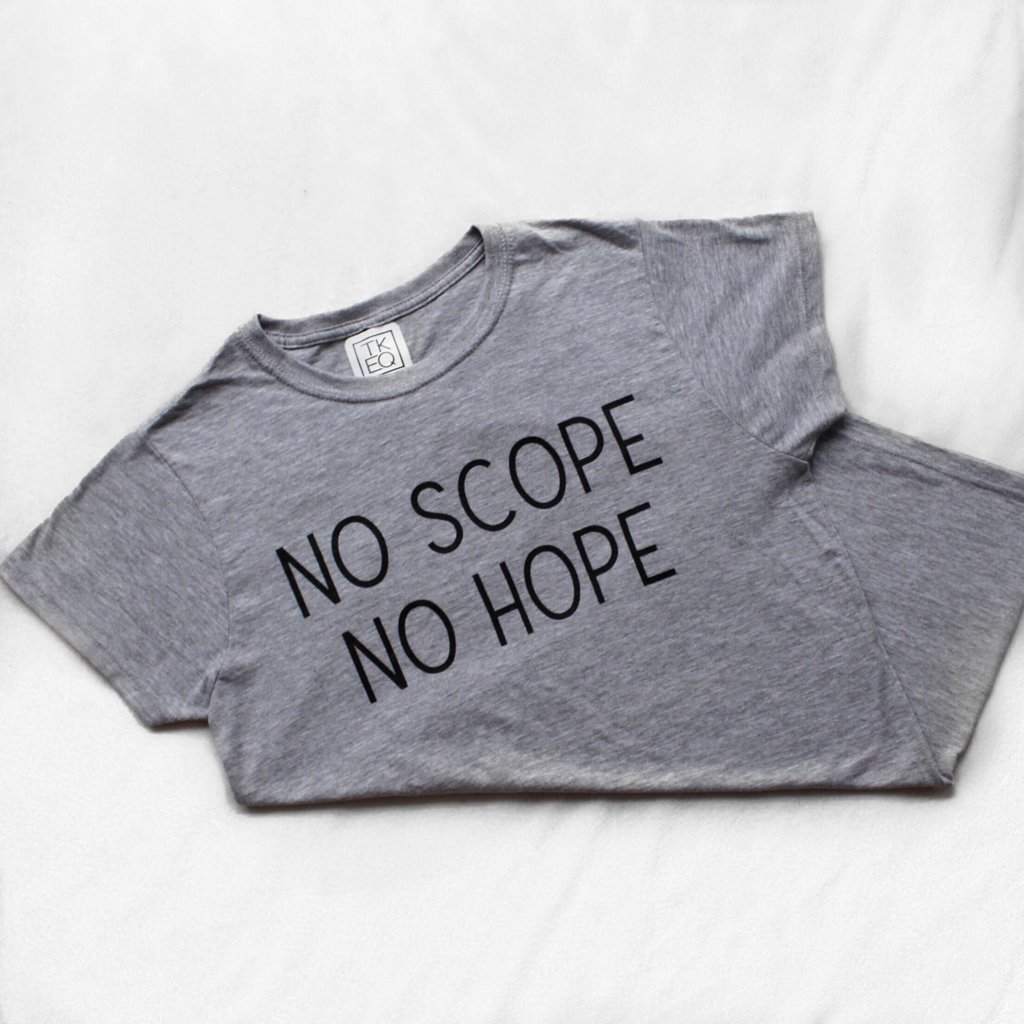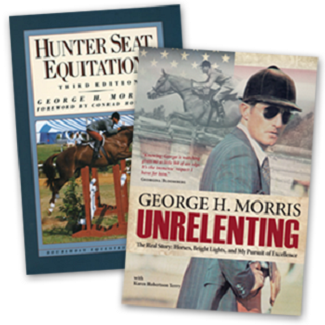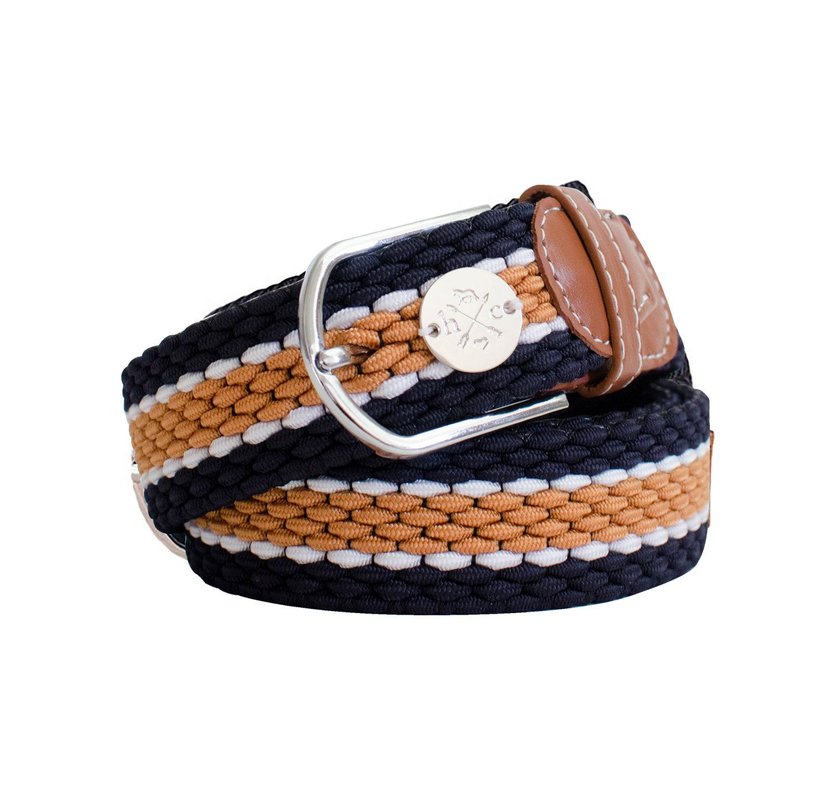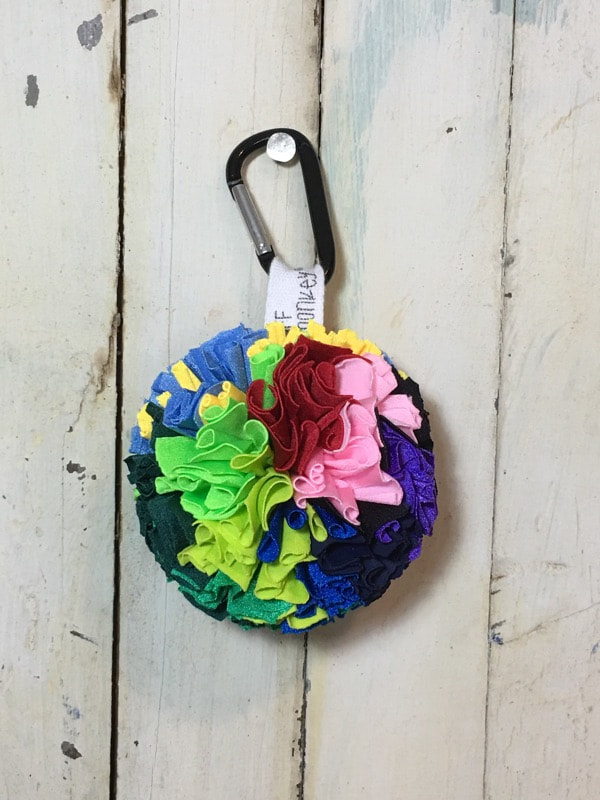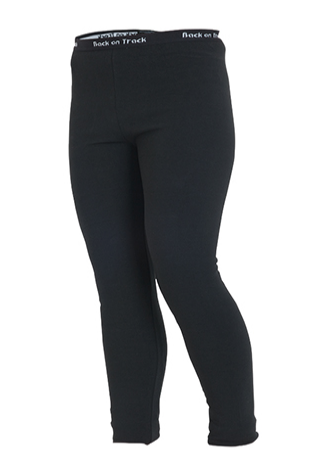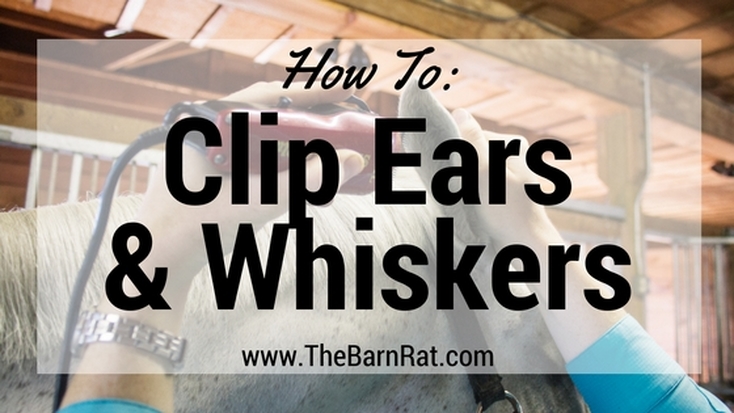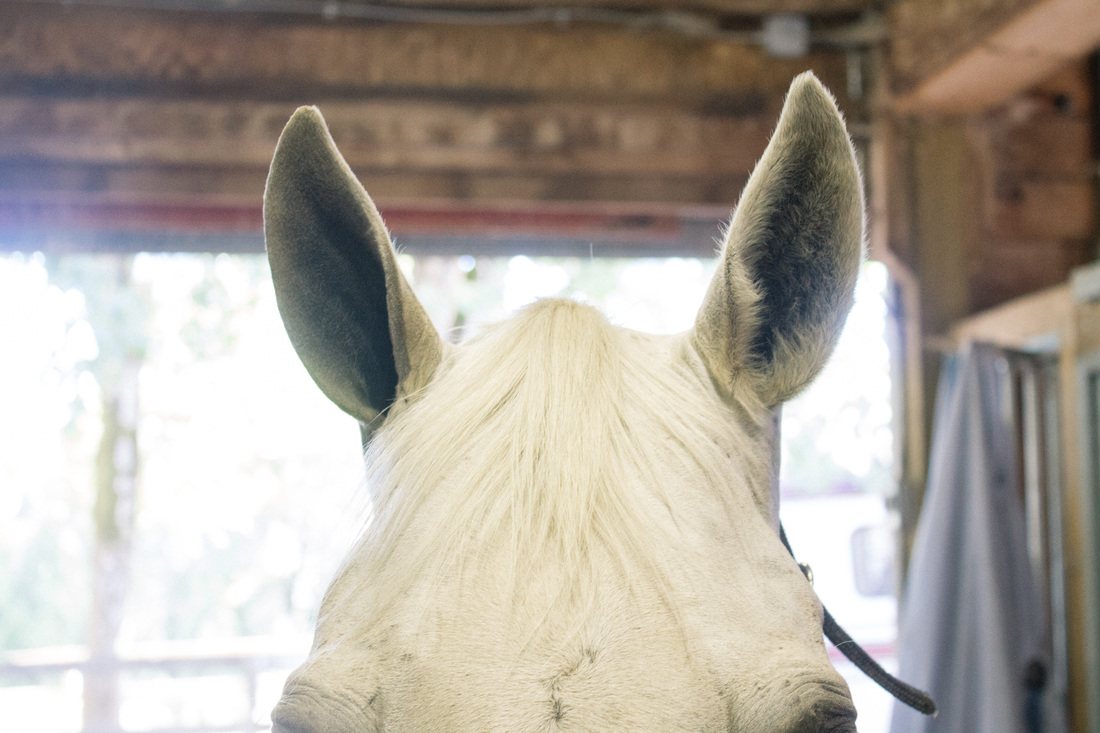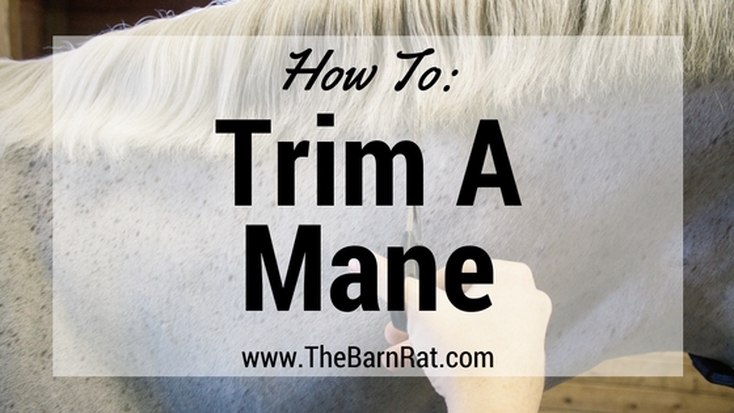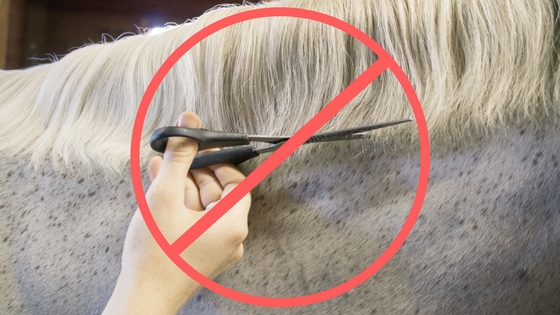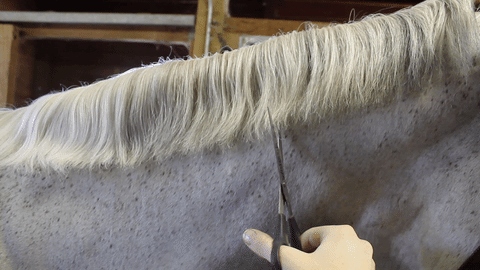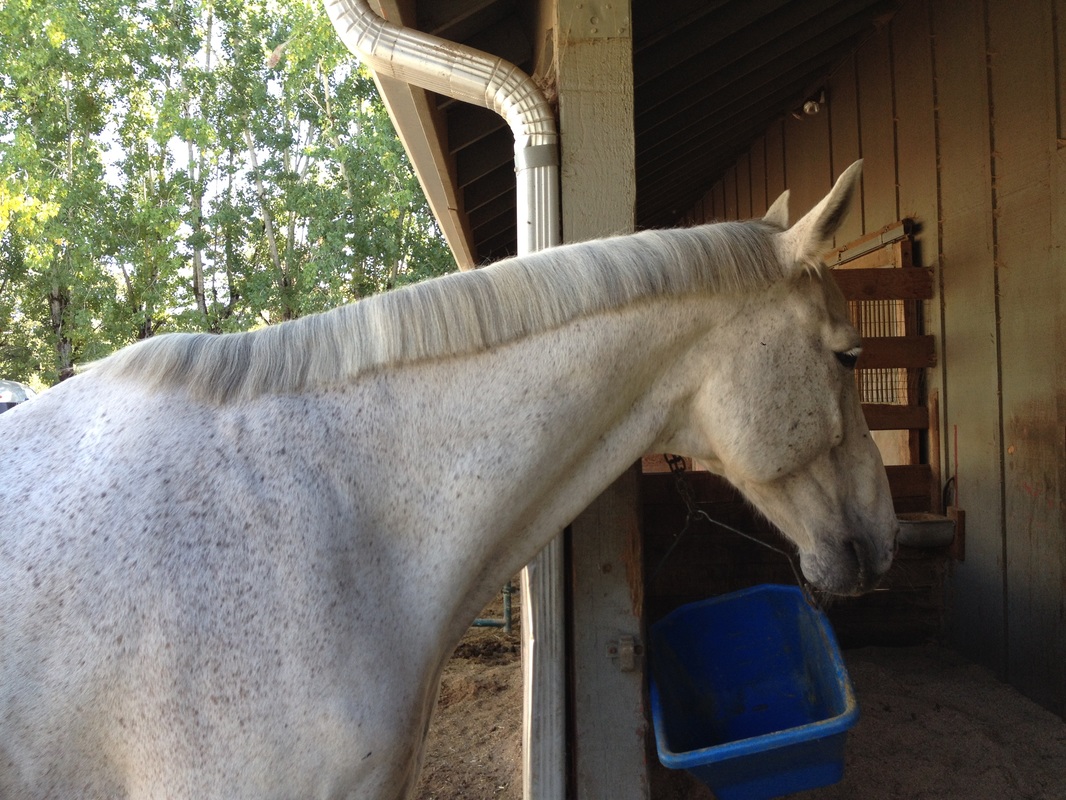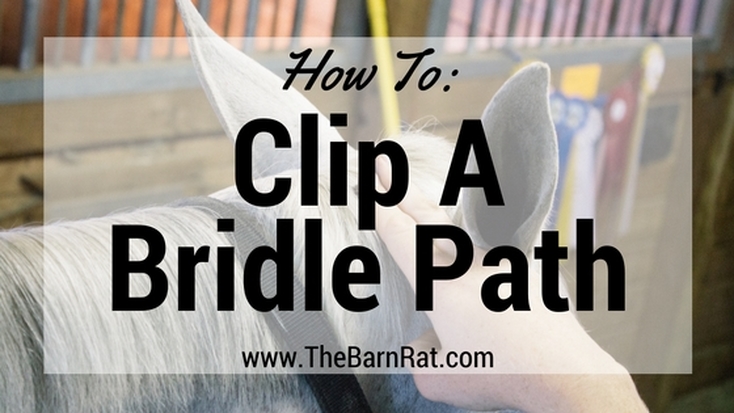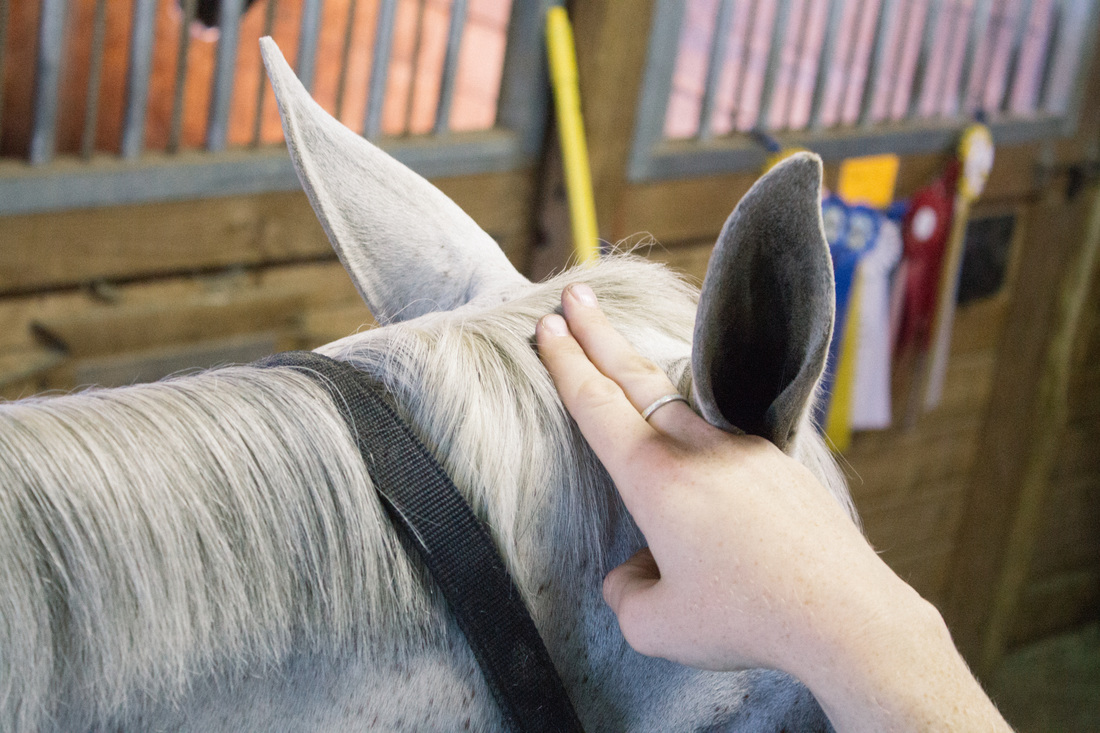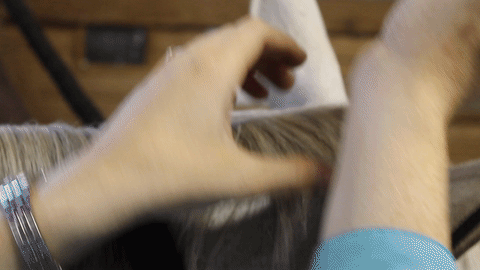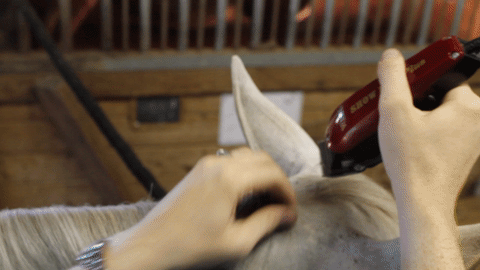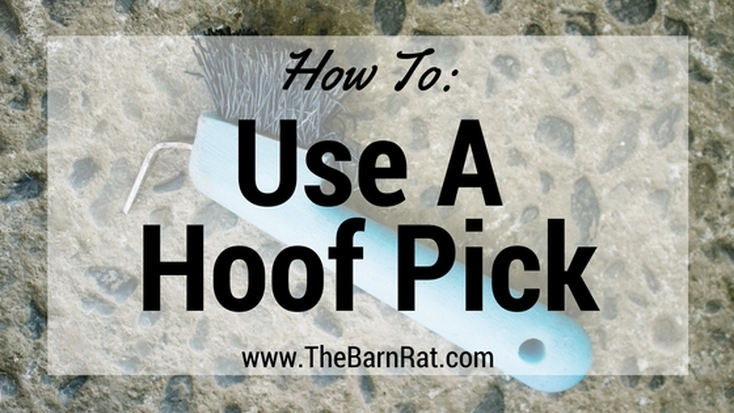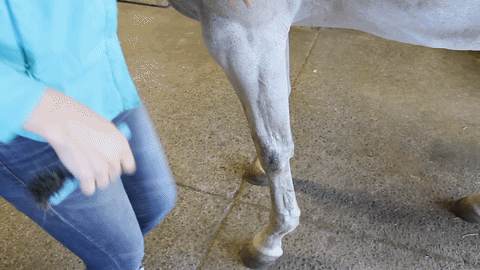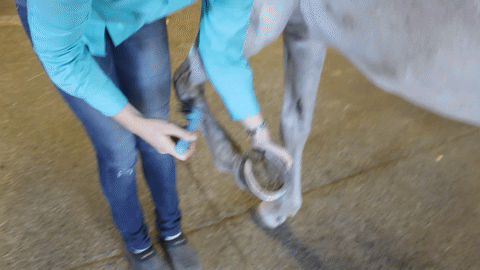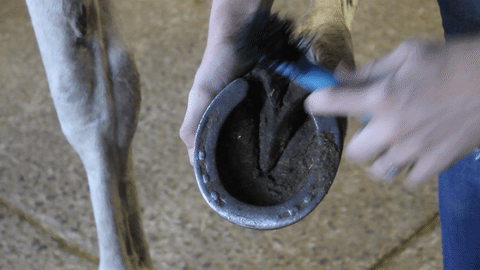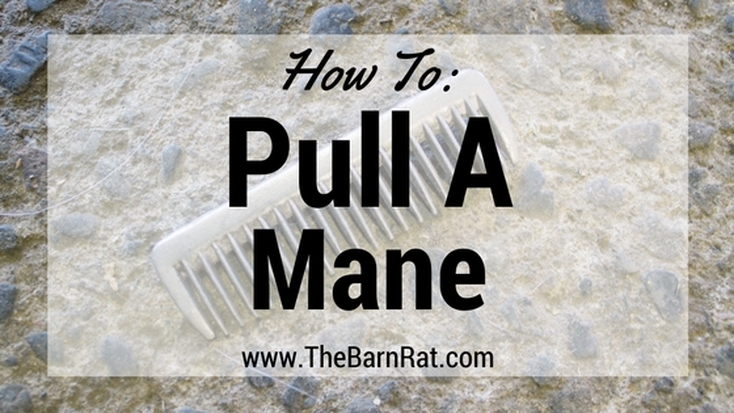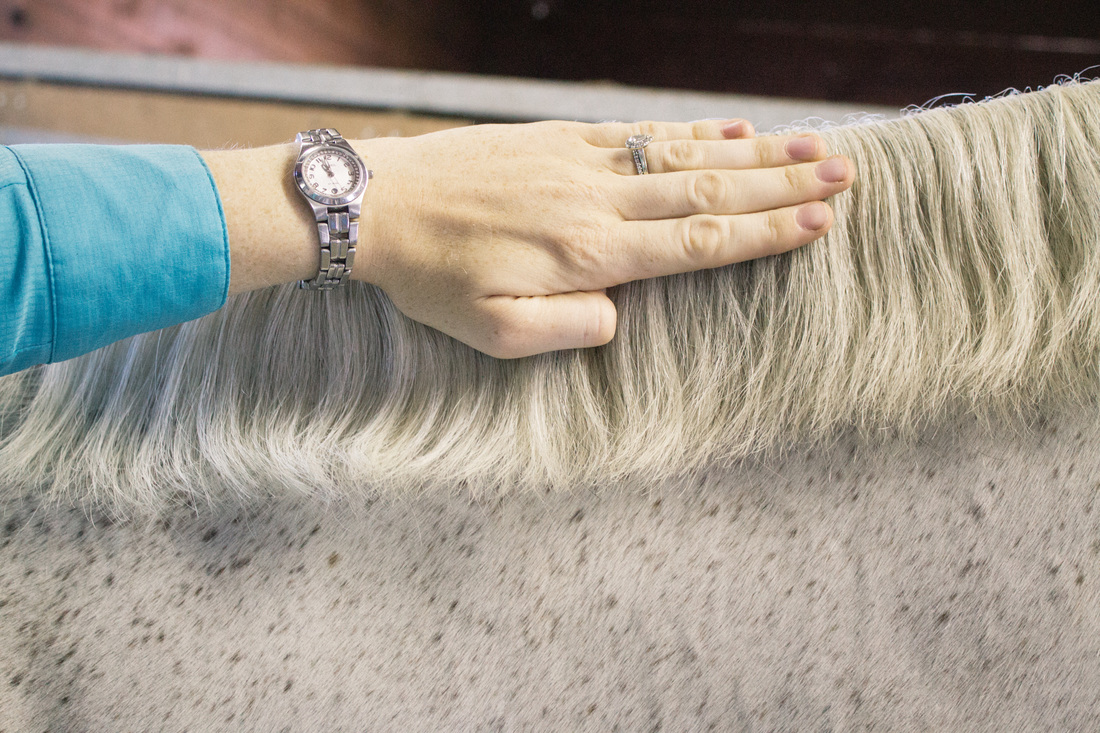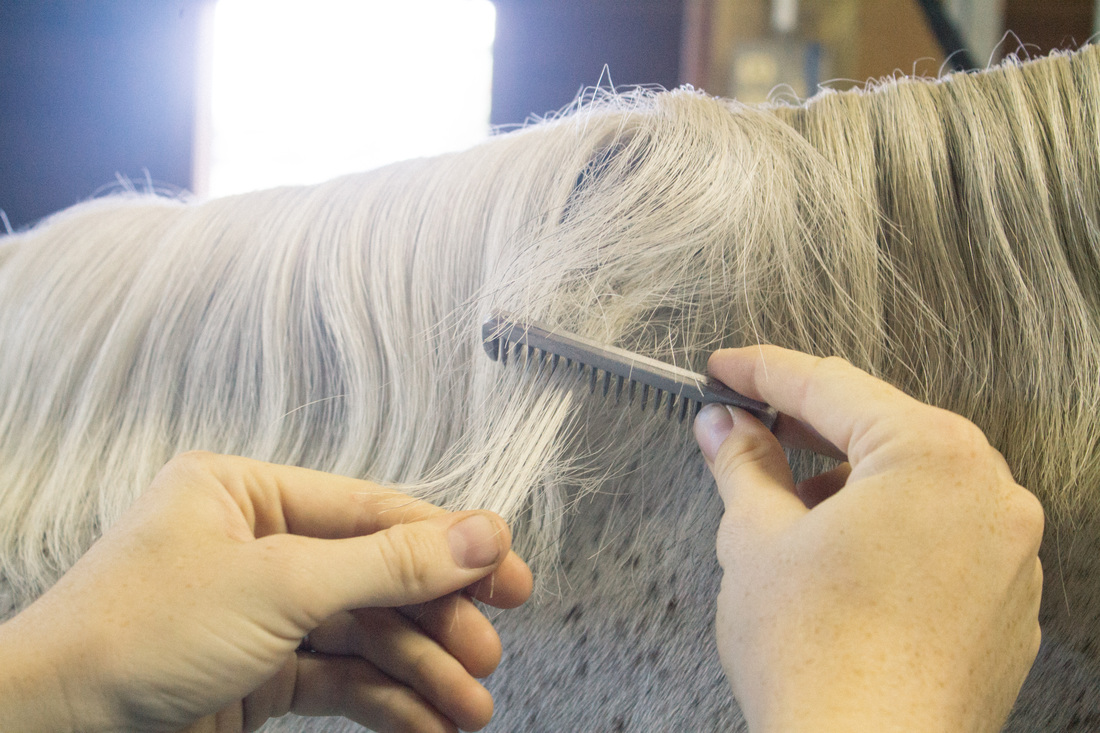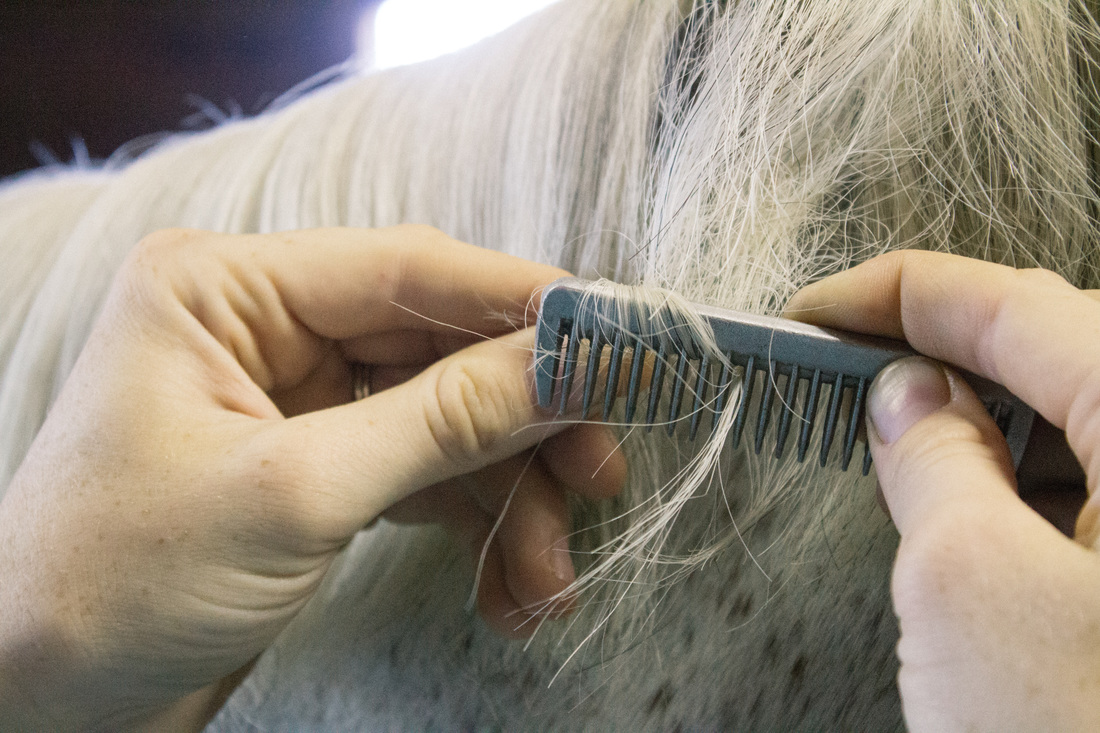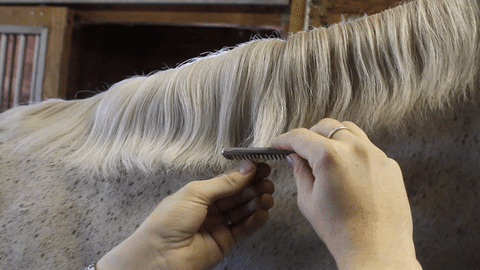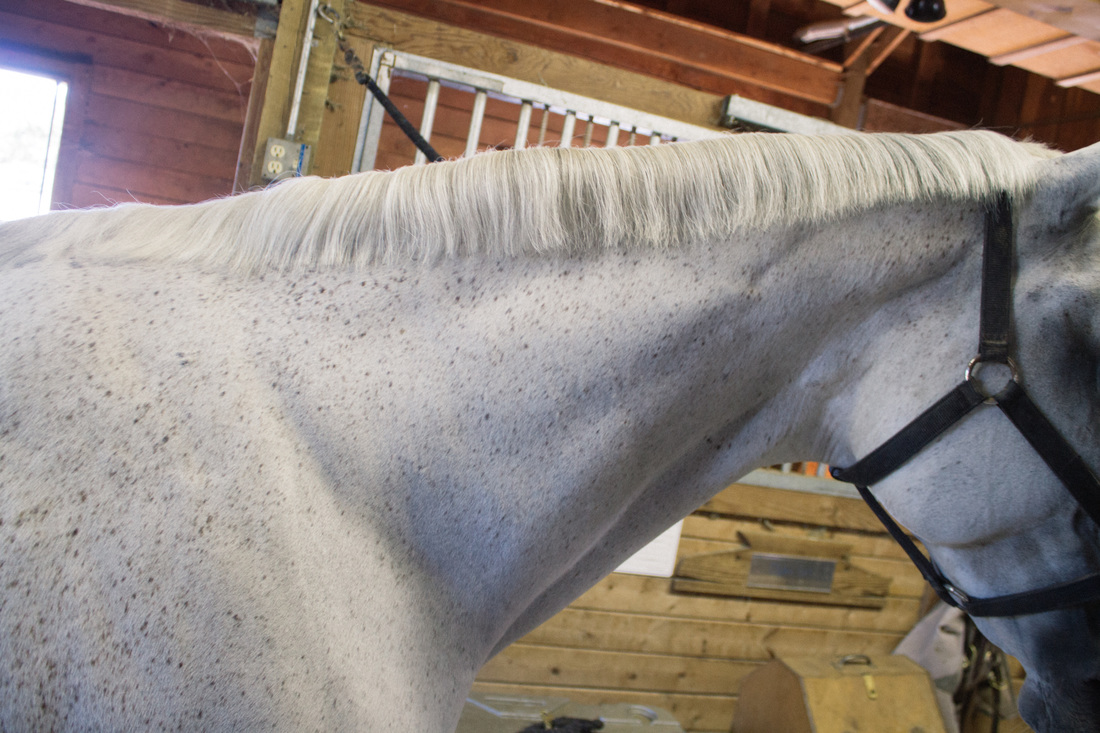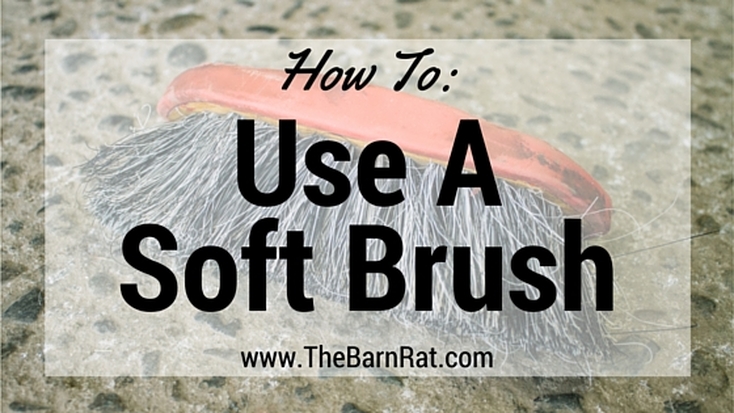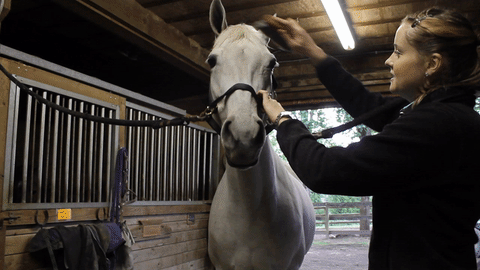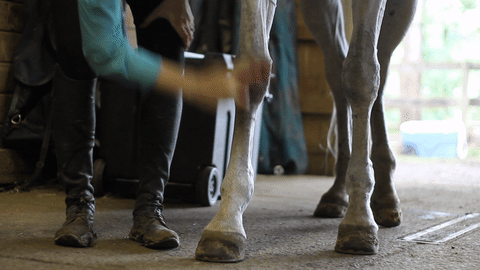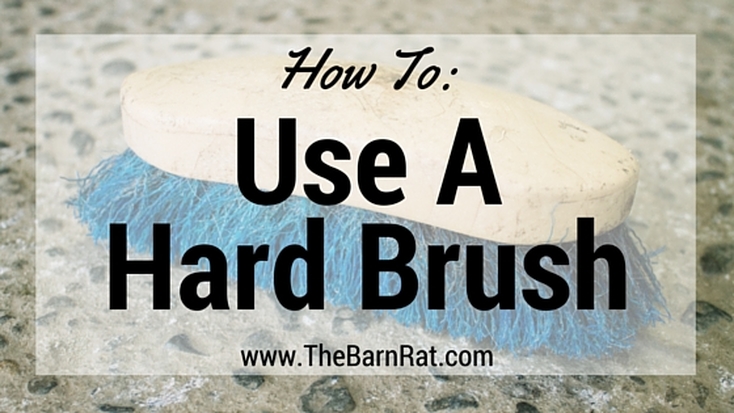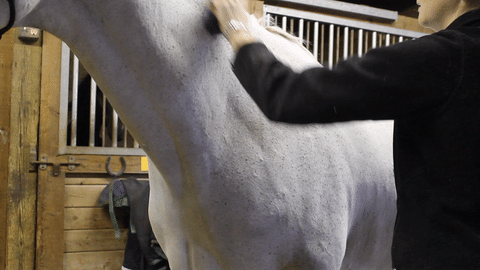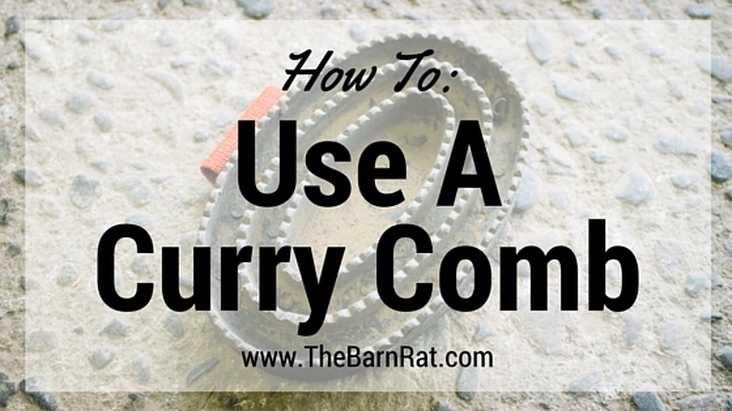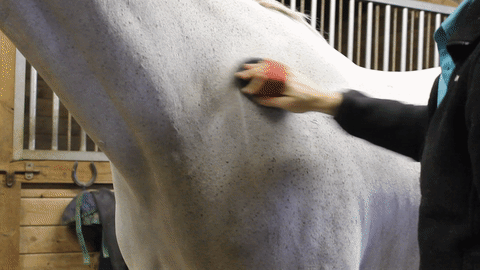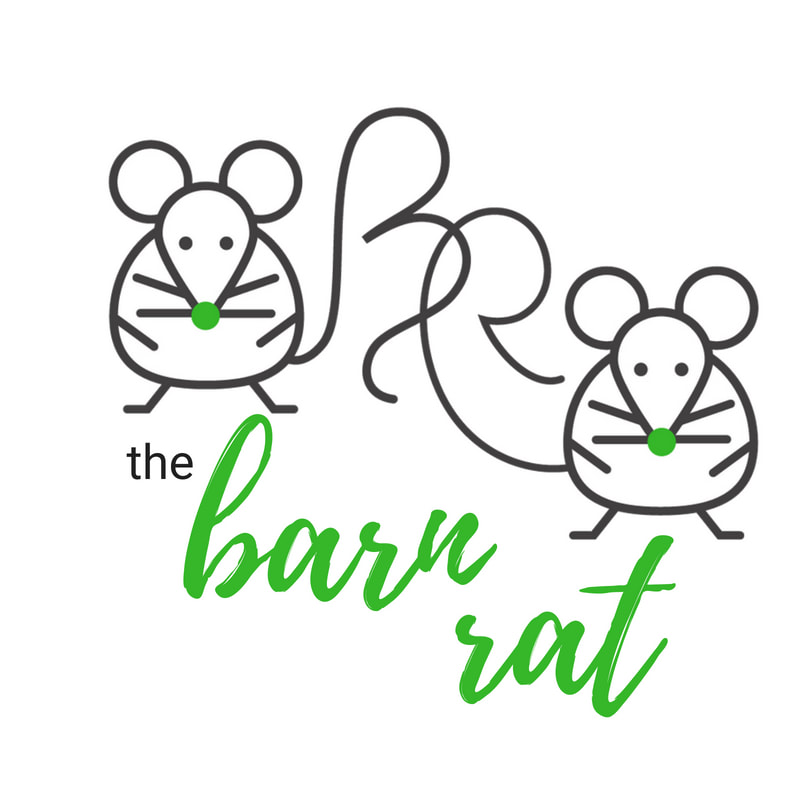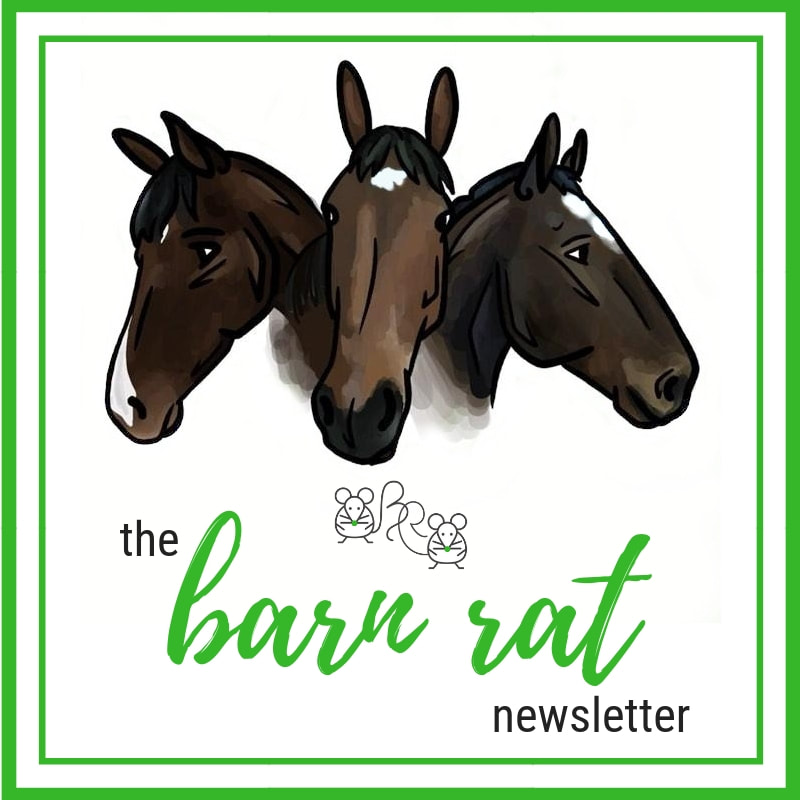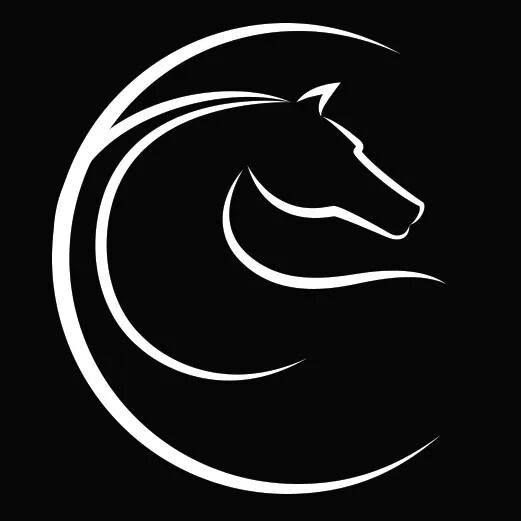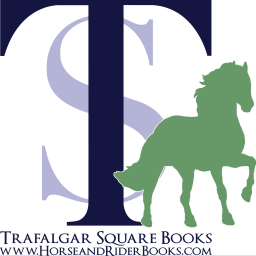|
Daily we handle our horses. Grooming them, riding them and loving on them. Sometimes, we need to do something with our horses that they aren't particularly fond of, like clipping, delivering medication, or leading them on a windy day. When those situations occur using a restraint technique can ensure both yours and your horse's safety. Below are an overview of the most common restraints. These restraints can very in severity and are to be used with caution and understanding. Being too firm with your horse can cause them to fear you and the situation, which no one wants. If you are wanting to practice any of these techniques look to your instructor or barn manager for assistance.
2 Comments
Christmas is right around the corner and if you are wondering what to get the horse lover in your life consider a few items from my personal Christmas wish list below. There are many other things to get your rider friend other than anything with a horse on it. Clipping the ears and whiskers are the simplest forms of clipping that can really make your horse look sharp and show ready. Also, have clipped ears helps a horse be more accepting of earplugs because the hair isn't irritating. There are many different types of clippers that you could use for this. I recommend a pair of clippers meant for horses! These clippers have removable blades that allow for fresh new blades that offer a smoother shave and also allow the blades to be sharpened. A good starter set of clippers are the Andis or an advanced set that I love are the Wahl clippers.
Trimming the ears can be disliked by many horses. It is important that you move slowly, gently and take your time. However, you also need to stay determined and wait your horse out if they object. Once they realize you aren't going to hurt them most horses give in and let you clip their ears without argument. Sometimes a horse can have had a bad experience that you are unaware of that will make clipping their ears a real struggle. This is definitely where patience and fairness come in to play. Never get frustrated with your horse and act out emotionally. This will only make them afraid and tell them that clipping is a bad thing. In the video watch how gently I handle my horse's ears. And like with anything for horses, the more you do it the more they get better at accepting what you are doing.
When clipping the nose, make sure to clip under the bottom lip and the insides of the nostrils. There also can be some long stray hairs that go pretty high up the nose. Getting all of these little hairs helps your horse look their best. Even though most horses are well behaved for getting their whiskers trimmed I will always use my non clipping hand to hold on to their halter to help steady any sudden movements.
So, last week we learned how to pull a mane. And while I will always say to do this first and get as far as you can. Sometimes cutting the mane is just the way things need to go. There are a few instances where cutting the mane is the better option. The first, if you are trimming the mane of a jumper. Jumper manes are typically longer and they want a more straight across look to them. Another reason to pick up the scissors is if your horse already has a really thin mane and pulling out any hair would leave them bald. No one likes that look so cutting the mane is the obvious choice. The third reason would be if your horse is totally throwing a giant temper tantrum about you pulling their mane and restraining them is no longer an option. Depending on how important them behaving for mane pulling is, you could give them a sedative to help calm them down. Using a sedative though requires professional help and you should always ask your trainer to administer the drug at the correct dosage.
This is the last installment on how to use each item in The Essential Grooming Box. And, honestly, it's probably the most important. Cleaning out your horse's feet before each ride is crucial to making sure your horse stays healthy and sound. Many times rocks will get stuck under their shoes and will cause a lot of pain, lameness and potentially a serious issue that requires time off. In order to avoid that, get to know your horses feet and pick them out regularly.
Start by running your hand down their leg. Give their tendons a gentle squeeze and your horse should understand what you are asking and pick up their leg for you. If they don't understand or if they are just refusing to listen, you can push your hip into their shoulder or hip while still squeezing their tendons. This will push your horse's weight off the leg you are trying to pick up and make it easier for you to lift the leg. Depending on how dirty your horse's feet are depends on how much work is needed to get a clean hoof. A general rule though is to start by finding the V of the frog. Yes, I know that didn't sound like a real sentence, I will put together a horse anatomy post soon! Anyway, you can really see what I am referencing in the bottom gif. Be gentle as you pick around the frog! That part is like the sensitive part under your fingernails and it would really hurt if you dug too deep. After you find the frog I like to work around the edges of the shoe. This way you can remove the big clumps with minimal effort. Once you've knocked the big stuff loose, I will flip my hoof pick over and use the bristled side to brush out the debris. By using the brush I am confident I won't hurt my horse's hoof on accident. One of the ways to keep your horse looking fancy and taken care of, at least for us hunter/jumper people, is to have a well kept mane. Allowing a mane to grow too long really makes your horse look messy. There are two ways to maintain a mane, this post will go over how to pull the mane and in a later post I will outline how to trim a mane with scissors. It is best to learn how to pull a mane first because this is the most traditional way and the expected way if someone where to ever ask you to take care of a mane. Pulling a mane is in fact pulling the mane hair out of the mane. Now that sounds like the most traumatic thing to do to your horse. However! Horses don't have nerve endings in their mane area, so pulling out the hair causes them no pain.
Many horses, if they don't regularly get their manes pulled, will react to you doing this step. They are reacting to the pressure that pulls their neck to one side (you can see a small amount of movement in the video on the side) and not pain. If you are pulling a horse's mane for the first time go slow! Take breaks as the horse needs them and break it up into multiple days. As long as you stay calm and patient you will train a horse that calmly stands for getting their mane pulled without any fuss.
Also, start at the poll. So start right behind the horse's ears. The reason for doing this is because many horses don't really like you messing around either with their ears of just being up by their head like that. So, if you start there first they will appreciate it getting over with quickly. If you wait to do up by their ears until the end, after you have already spent time pulling the rest of their mane your horse will most likely have lost their patience with the process and be less willing to stand still for you.
When you are finished you should have a nice straight, thin mane that helps make your horse look super polished. Another tool in the Essential Grooming Box is the soft brush. The soft brush is for the finishing details and for the more sensitive areas of the horse. After using the curry comb and the hard brush you can go over the whole body again and remove any lingering small dust particles. Sensitive areas would include the horse's face and the legs.
The hard brush is another item from The Essential Grooming Box. It should have long course bristles. Use the hard brush after currying your horse's body. Brush the neck and body with short strokes. This helps remove excess hair and dirt from the horse. Be gentile with this brush, since the bristles are firm you can irritate sensitive areas if used too firmly (ie. the back and flank). Do not use on the face or legs.
As mentioned in the previous post, The Essential Grooming Box, the curry comb is usually made of rubber or plastic with bumps or nobs covering the useable surface. The curry comb is best used as the first tool when grooming your horse. It lifts dirt and hair away from a horse's skin to be easily brushed away later. Currying also stimulates a horse's circulatory system and is a way to bond with your horse. Use the curry in a circular motion all over the neck and body. Do not use on a horse's face or legs, those areas are very sensitive.
|
Categories
All
SponsorsInterested in sponsoring The Barn Rat? Be sure to contact us here!
|
